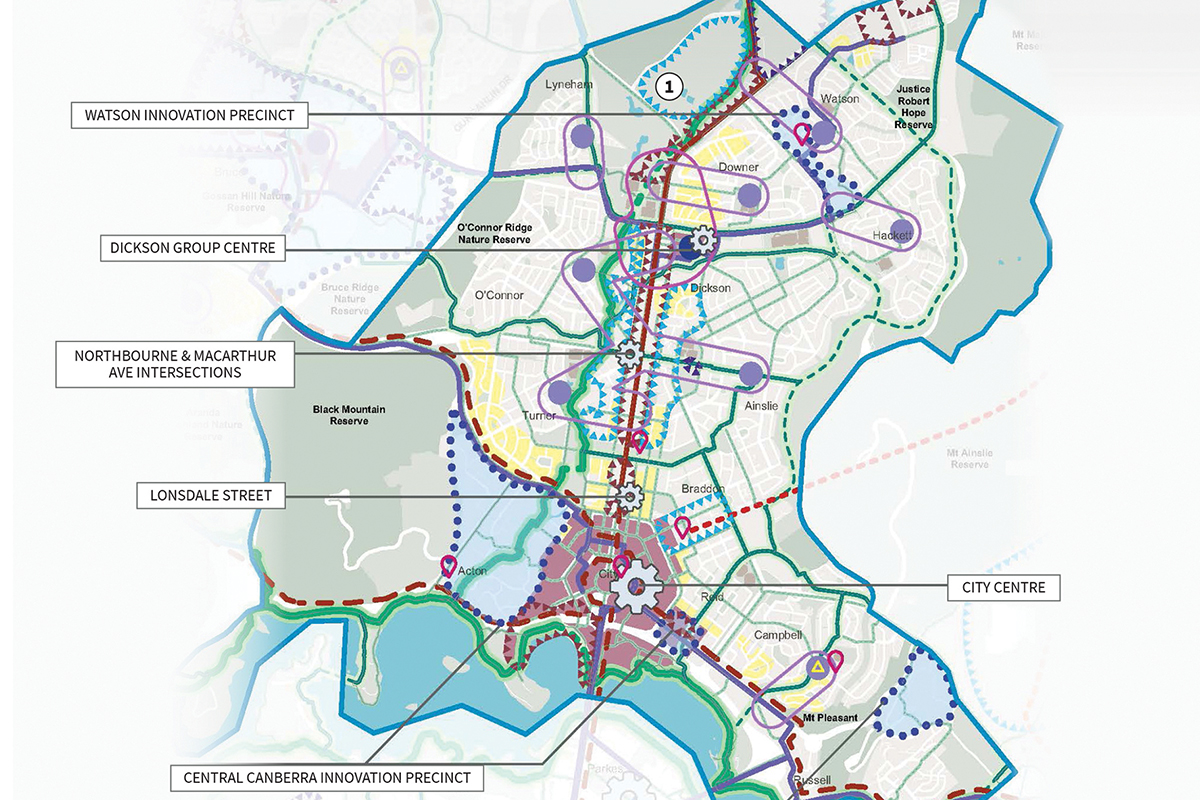
“There are very few established suburbs that escape this cancerous growth that will tear away at the Canberra we know and love. Inner north and south, Belconnen and Woden are squarely in for a hammering,” writes political columnist MICHAEL MOORE.
BE warned. The “yellow bits” in the Draft Territory Plan are going to cause community anger and political backlash.
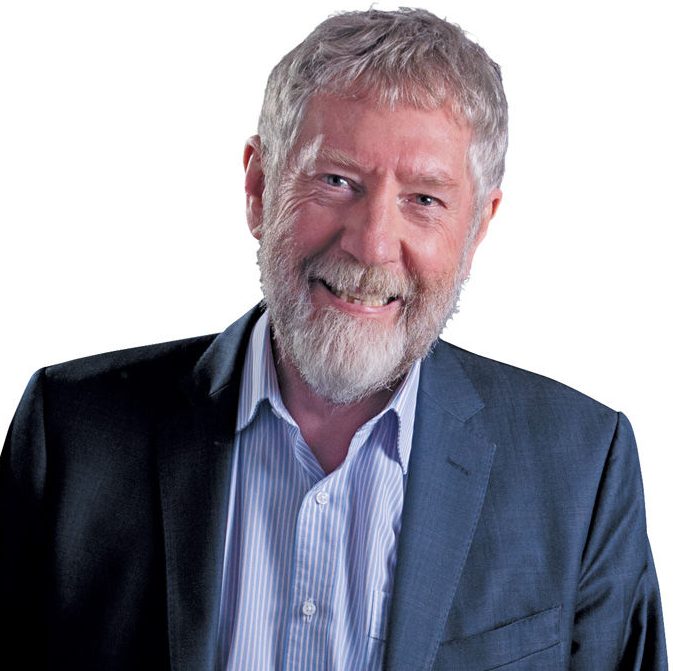
There are very few established suburbs that escape this cancerous growth that will tear away at the Canberra we know and love. Inner north and south, Belconnen and Woden are squarely in for a hammering.
It looked as though the redevelopment of Canberra into high-density living was growing like uncontrolled metastases. No! The destruction is quite deliberate, very controlled and will have a similar impact to strategic bombing of currently liveable suburbs. Next week this column will examine the predicted political impact.
What is creating the problem? “New development in future should incorporate new social and affordable housing, including the 15 per cent target on residential land-release sites in the ACT Housing Strategy”. As the ACT aims for an additional 100,000 residences in the next 35 years, only 15 per cent will be on new residential land.
ACT Treasury predicts population growth in Canberra from the current 465,510 to around 700,000 people by 2050. By 2060 their predictions are 784,043.
This provides an excuse (or a driver) for urban infill. Population increase will also be occurring around the borders of the ACT within NSW. The way the ACT government is heading, the real choices for urban living including single homes on their own land will increasingly be in NSW.
What’s the point? Environmentally, it will mean people have to travel further to commute. There will be lost revenue to the ACT. Roads and urban amenity will be diminished in the ACT and enhanced for those who live in the surrounding areas. Great planning!

How is this justified? Explaining “sustainable neighbourhoods”, the draft planning documents argue: “Creating sustainable places requires an integration of the right mix of land uses, urban density and local amenities such as accessible public spaces, walkable streets and connectivity via active and local transport to retail and services”.
Then they argue that “the more amenities, the more diversity and density that can be supported”.
A brilliant piece of double-speak straight out of George Orwell’s double-think concept from the novel “1984“. The argument is that “new development is a means for sustainable transformation. It enables “urban improvement” including improving streets and public domain with more connections and greenery to encourage walking and local liveability, while also contributing to the zero carbon ambition”.
For Southside residents, if you live in Deakin, Red Hill, Barton, Griffith or Narrabundah, it is well worth looking at the “future investigation” areas of the draft Inner South District Plan. The maps show “yellow bits” identifying the cancerous growth that you can expect to sweep through your homes, your green spaces, your streets and your general amenity. Not much is sacred.
The plan boldly identifies protection of heritage aspects. However, the yellow cancerous approach to Reid puts the lie to that. The vast majority of Reid is currently on the register of the National Estate. It is supposedly protected by this national status. The block next to the Reid Institute of Technology which is known by locals as “the blossoms” (and is now owned by University of NSW) is slated for future development as “city”. This would allow up to six-storey, mixed-use buildings overlooking the protected areas.
This kind of development is just a malignancy undermining amenity. Smack bang in the middle of the area identified is the path, lined with mature eucalypts, of the original railway track that went right into Civic. It is a fundamental part of urban amenity, providing a barrier between the Reid Campus and the suburban area.
Inner north is even more plagued by swathes of yellow pus than inner south. Watson, Dickson, Downer, Lyneham, Campbell, O’Connor and Turner are all besmirched by the same yellow that is designed to soften up the current residents to turn their suburbs into inner Melbourne, Toronto or Singapore. It is a similar story for Tuggeranong, Woden and Belconnen.
The initial work on the Draft Plan “involved a review of other national and international planning jurisdictions to identify best practice approaches”. Which cities did they examine? Singapore, Toronto, Yarra, Ballarat, Parramatta, Newcastle, Adelaide, Minneapolis and London Borough of Camden!
So much for the pride we once had in bringing visitors to Canberra to show off the best planned city in the world!
Michael Moore is a former member of the ACT Legislative Assembly and an independent minister for health. He has been a political columnist with “CityNews” since 2006.
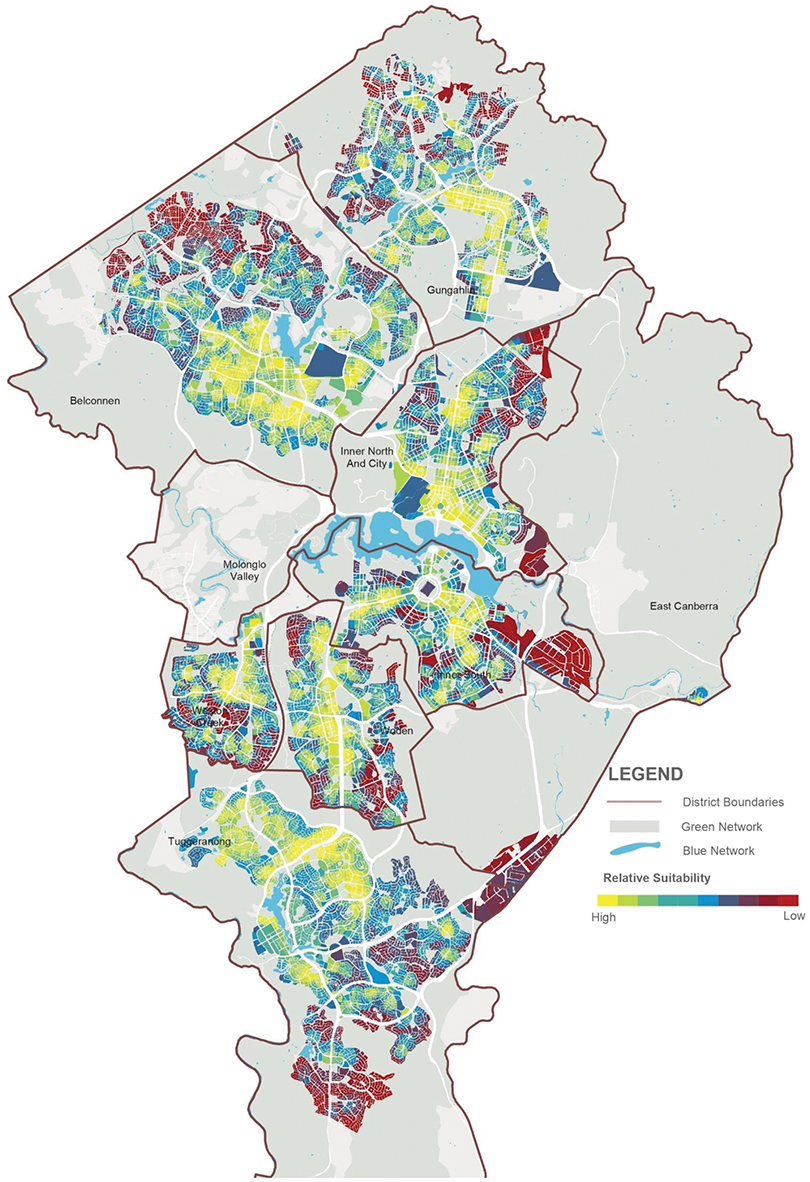
Who can be trusted?
In a world of spin and confusion, there’s never been a more important time to support independent journalism in Canberra.
If you trust our work online and want to enforce the power of independent voices, I invite you to make a small contribution.
Every dollar of support is invested back into our journalism to help keep citynews.com.au strong and free.
Thank you,
Ian Meikle, editor
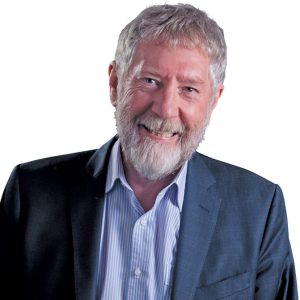

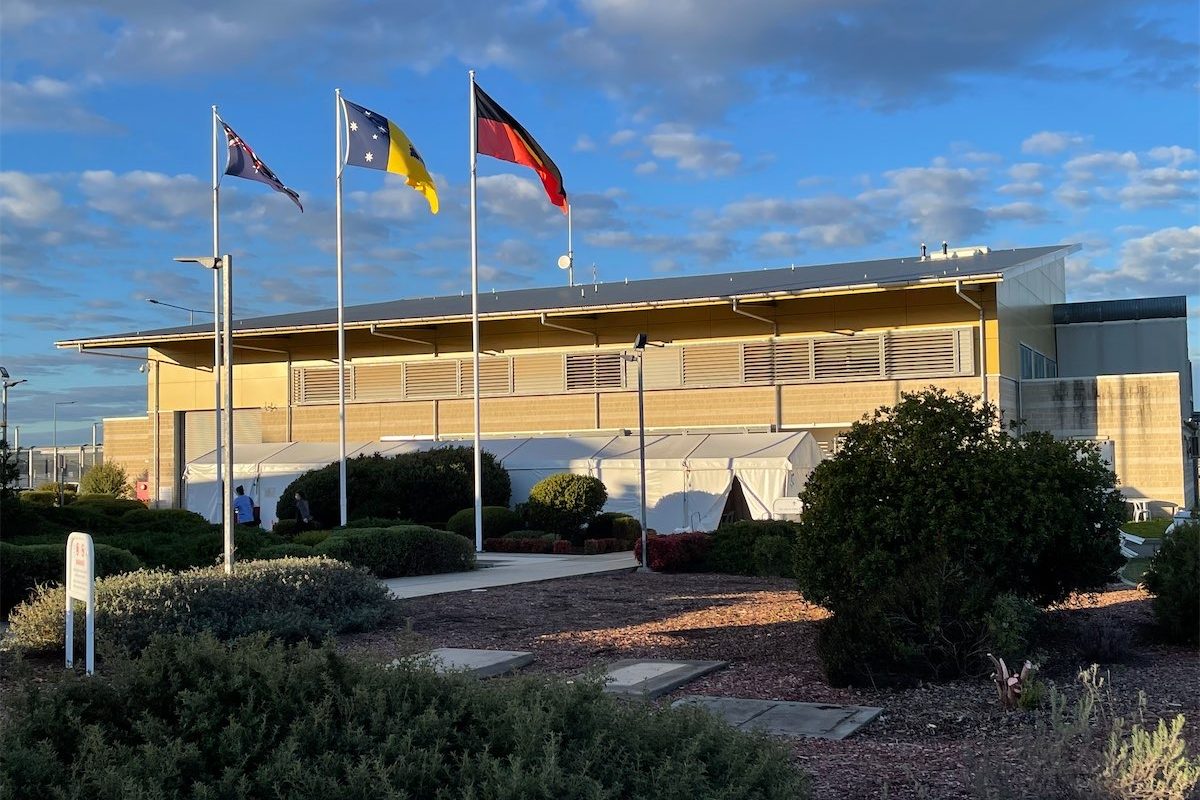
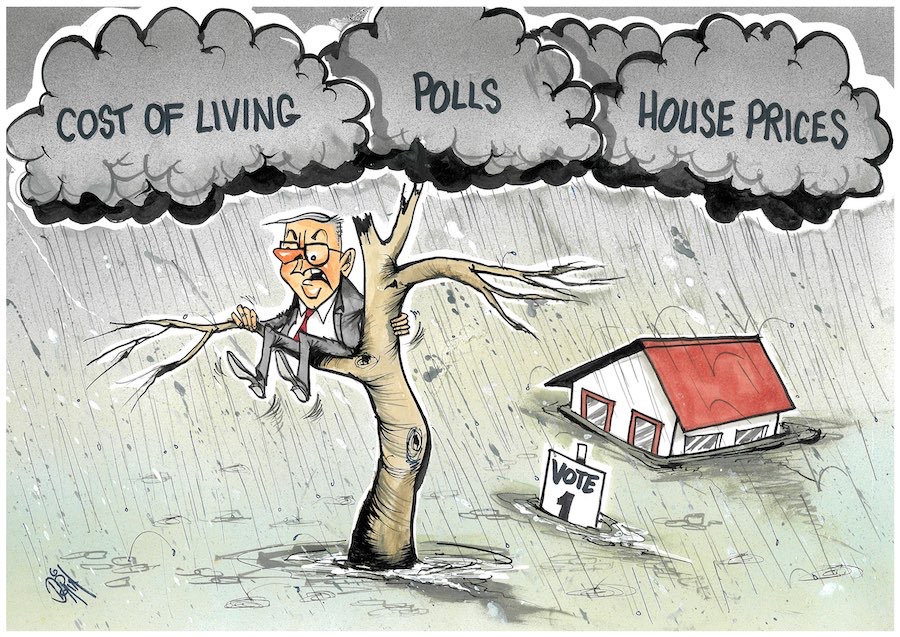


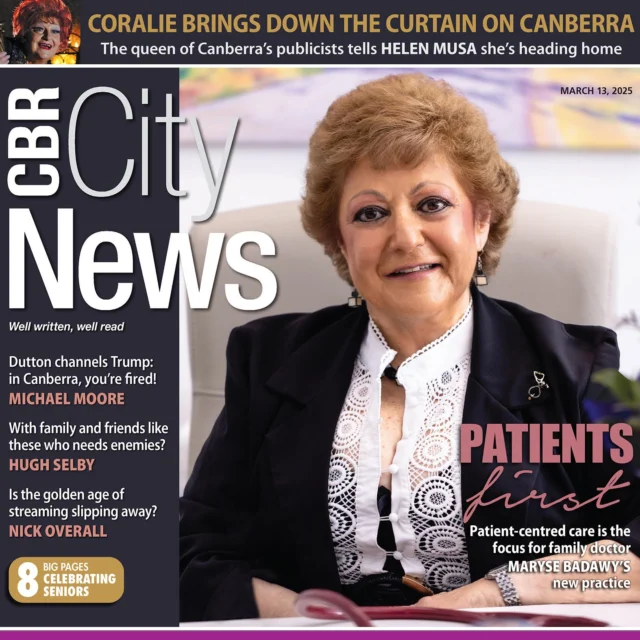


Leave a Reply